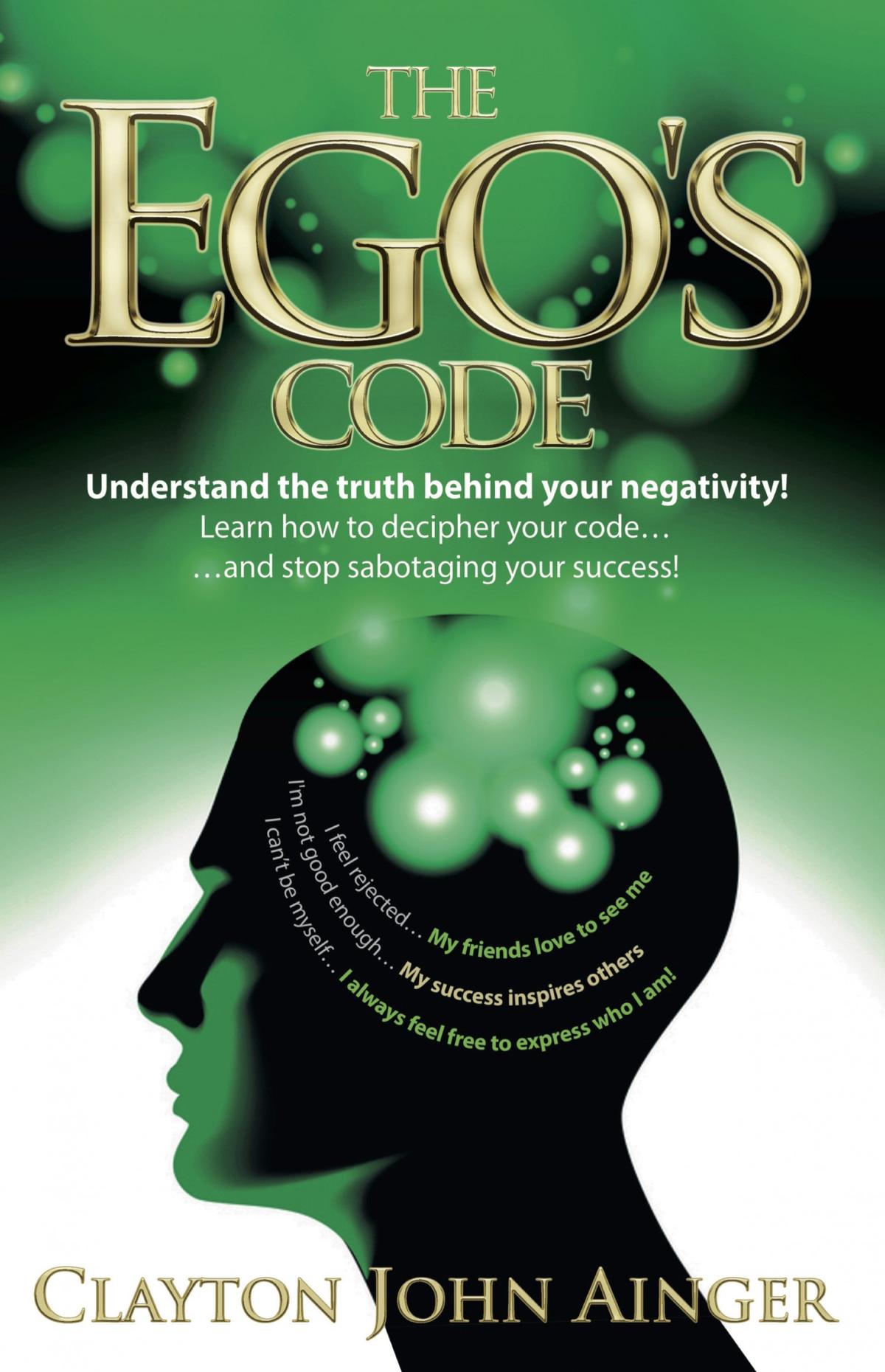The New Year is traditionally the time to reflect on our life and the changes we want to make. But how many times have we resolved enthusiastically to lose that weight, give up smoking, meet our ideal partner or get a better job, only to find anxiety soon raises its head and turns good intentions into failure and frustration? And the old habits come back with a vengeance.
Why does this happen?
This was the burning question that drove Clayton John Ainger on a personal journey of exploration from depression, debt and divorce to writing a best-selling book, to becoming an international speaker and business consultant to multinational companies.
Get Conscious Awareness
Ainger was always fascinated with why people experience negativity. “There must be a purpose to it,” he said in a phone interview.
Understanding that negativity is a natural and normal response from our body, a message that something is not quite right – or how we think it should be – has allowed Ainger to face his fears and change his life.
Negativity can be used as a fuel to spur us on rather than block us, he said. No longer being satisfied with the status quo means that we can actually live a better life.
But how can a black mood motivate? Surely it’s natural to want to forget our troubles with a “duvet day”, try to ignore it, and have a few glasses of wine?
Society says that negativity is bad and should be stifled. But that doesn’t work, said Ainger. If we don’t want to look at those fears and anxieties, we can’t do something about them. Ninety per cent of negativity is the unconscious reliving of past events, causing fear, anger, sadness and so on to appear.
“Whatever those fears are, those anxieties are, we have to own them, and when we own them we can do something about them. If we don’t, they often come back with bigger teeth, because we’ve not taken the time to learn the lessons that are associated with them,” Ainger said.
Get conscious awareness of the negativity, acknowledge it, go into the resistance, embrace it and take a different course of action – this is the lesson Ainger learnt starting when he was at rock bottom 12 years ago and culminating in the publication of his award-winning book The Ego’s Code.






